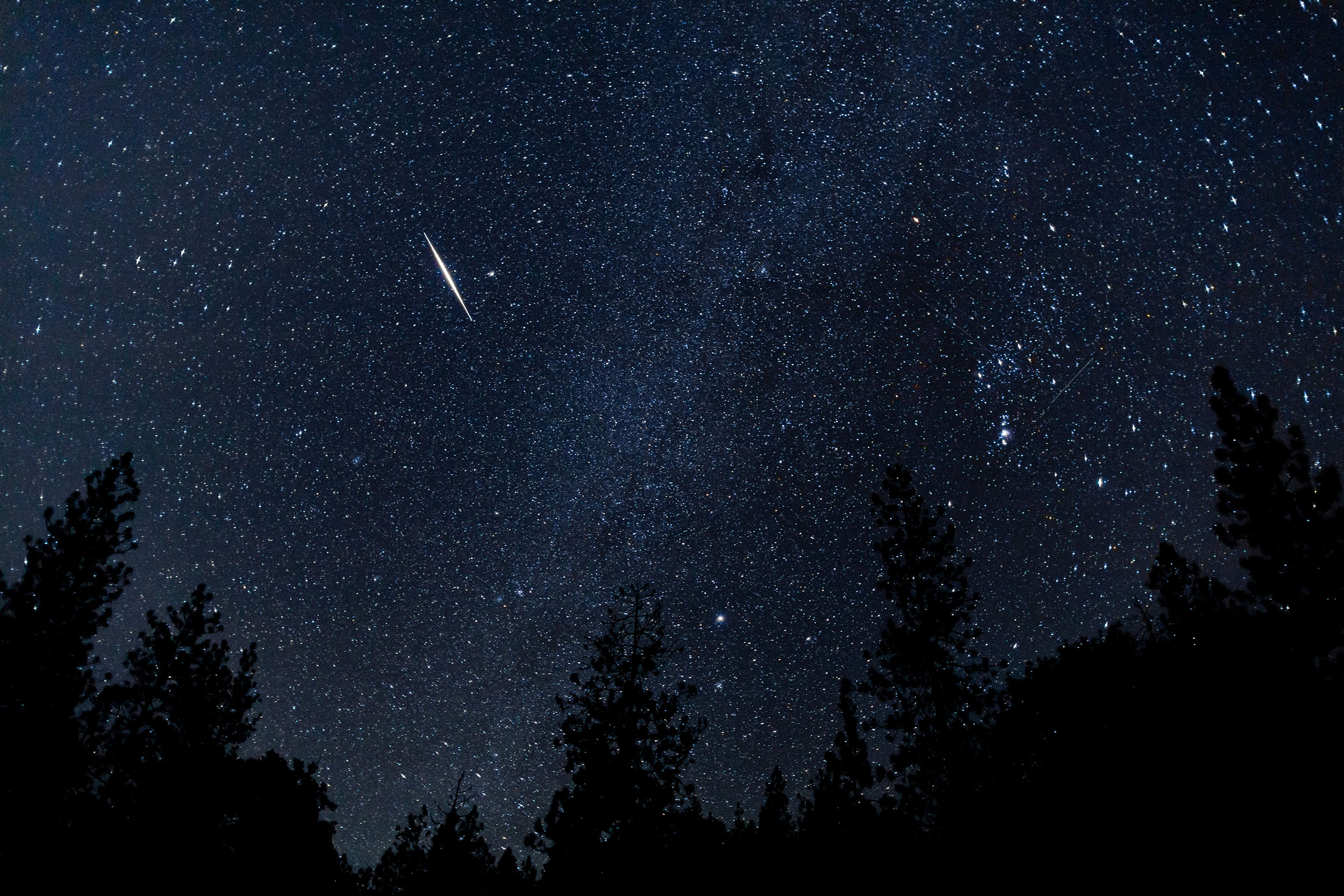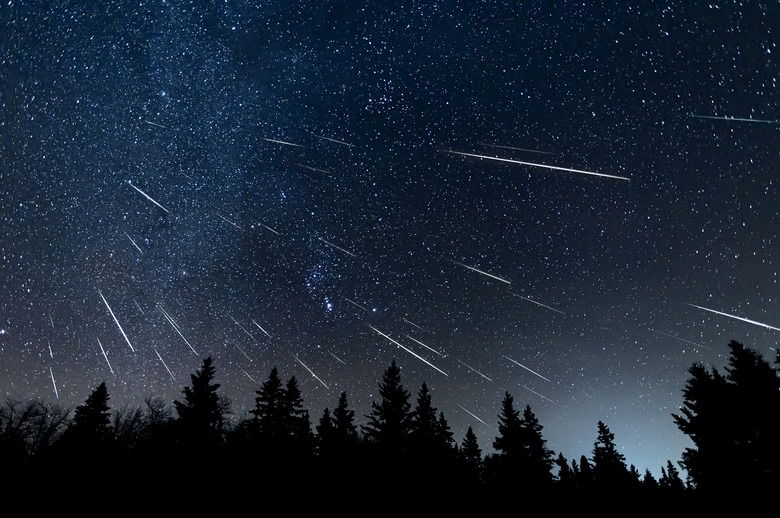Orionid Meteor Shower Will Light Up The Sky This Month - Here's When
October has been a great month so far for skywatchers, and it will only improve as it wears on. That's because this month will not only give us a great view of Saturn from Earth, but it will also give us the peak of the Orionid meteor shower.
This annual meteor shower peaks each year near the middle of October, and when it does, we can see around 15 meteors per hour in moonless skies. That isn't an insane amount of meteors by any means, but that doesn't change just how pretty the Orionid meteor shower has the potential to be. And NASA says this year is no different, either.
The Orionids originate from comet 1P/Halley. Each time Halley returns to the inner solar system, the comet's nucleus sheds layers of ice and rocky dust into space. The grains of dust eventually form what we know as the Orionid meteor shower. These grains also have the possibility of colliding with Earth's atmosphere in May, birthing the Eta Aquarids, too.

The Orionid meteor shower isn't the most spectacular meteor shower of the year, by far. But, if the moon is just right, it can lead to some pretty fascinating skywatching. When the Orionids peak on October 21, you'll be able to view around 10-20 meteors per hour. On top of lighting up the sky with its usual meteors, this shower can also create larger fireballs, which are exceptionally bright.
To view the Orionids yourself, you will want to head out in the darkest part of the night throughout November 22 and look towards the southeastern sky. You may need around a half hour to adjust to the darkness, but once your eyes have adjusted, you should start to see the falling-star appearance of the Orionid meteor shower.
Looking for more space news? Check out our ultimate guide to the James Webb space telescope, as well as some of the latest Juno photos of Europa captured in NASA's most recent fly-by.
